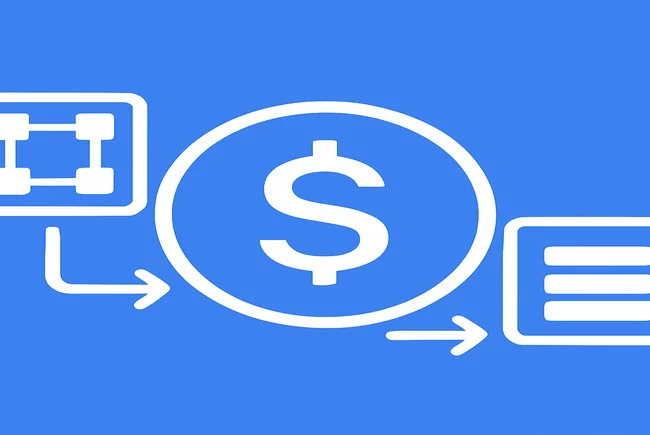A cryptographic checksum is a method used to verify the integrity of data. In the context of financial transactions, it ensures that the data has not been altered or corrupted.When a transaction is created, a unique checksum is generated based on the transaction details. This checksum acts like a fingerprint for the data. If anyone tries to change the details, even slightly, the checksum will change, indicating that the data has been tampered with.These checksums are often produced using hash functions, which take input data and produce a fixed-size string of characters. Popular hashing algorithms, such as SHA-256, are commonly used. The security of the checksum relies on the properties of the hash function, which should make it computationally infeasible to reverse-engineer the original data or find two different inputs that generate the same checksum.In summary, cryptographic checksums play a crucial role in maintaining trust and security in transaction data by ensuring that it remains unchanged and authentic throughout its lifecycle.
Aave Labs Acquires Stable Finance to Expand Consumer DeFi Products
Aave Labs has acquired Stable Finance, a San Francisco-based fintech company focused on stablecoin savings, in a move to strengthen



